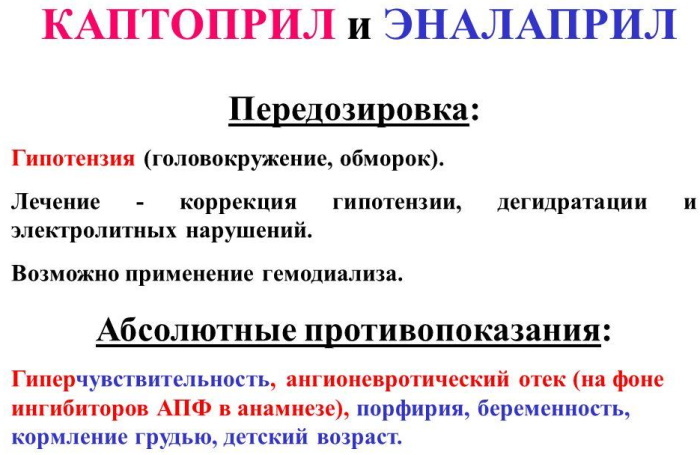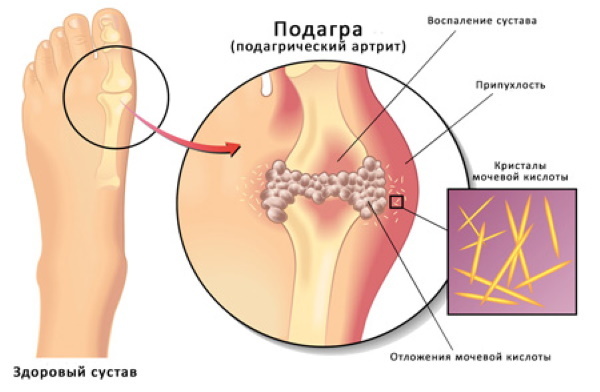Content
- Types of psychological activities
- Sociometry
- Goals and objectives
- Necessary equipment
- Step by step description
- Business card
- Goals and objectives
- Necessary equipment
- Step by step description
- Greetings
- Goals and objectives
- Necessary equipment
- Step by step description
- Snowball
- Goals and objectives
- Necessary equipment
- Step by step description
- Interview
- Goals and objectives
- Necessary equipment
- Step by step description
- Pay attention
- Goals and objectives
- Necessary equipment
- Step by step description
- Luck
- Goals and objectives
- Necessary equipment
- Step by step description
- Similarities and differences
- Goals and objectives
- Necessary equipment
- Step by step description
- our group
- Goals and objectives
- Necessary equipment
- Step by step description
- Clew
- Goals and objectives
- Necessary equipment
- Step by step description
- Psychic Games Videos
Psychological exercises for adolescents Is one of the group forms of acquiring new experience and life knowledge. These classes are conducted with the direct participation of a psychologist or teacher who acts as a group leader.
Depending on the goals set, all exercises are divided into personal or behavioral. The last type of training provides an opportunity to consolidate the acquired knowledge. Psychological exercises of a personal type ensure the development of the thought process and lead to new life experiences.
Types of psychological activities
Psychological exercises for adolescent children are classified according to the style of the training. The table below lists the main activities in this category.
| Types of psychological exercises for adolescents | Training characteristics |
| Skill | This type of psychological exercises allows you to work out those areas of the teenager's personality that are responsible for the acquisition of a certain skill. For example, to form a predisposition to make a specific decision in a situation with certain conditions. |
| Actively educational | This category of psychological exercises for adolescents was created so that, based on the results of the lesson, the child independently came to the conclusion about the need to perform certain actions in the prevailing situations. |
| Training | Psychological exercises of the training type provide for the development of already acquired life skills. The teacher helps adolescents understand why in a given situation it is necessary to perform a specific type of action. |
| Self-revealing | This type of psychological exercises involves changing the adolescent's behavioral skills through the mechanism correction of his internal attitude to the existing problems, the theme that was originally laid in the basis training. During self-disclosing classes, the teacher answers all questions from the group members. |
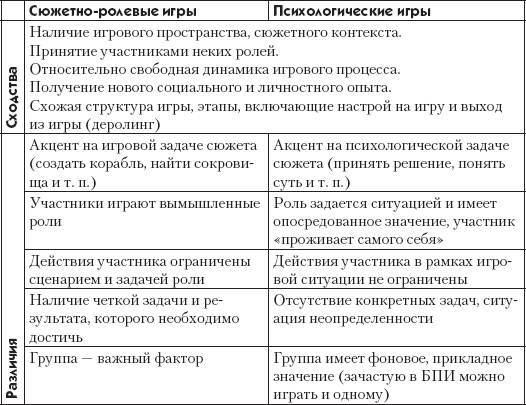
Psychological exercises for adolescents are selected by the group leader to achieve certain goals. All classes are formed taking into account the personal qualities of each child, the level of his intellectual, psychological and physical development.
Trainings of the above types can be created to unite the team, teach it new knowledge or correct behavioral tendencies. To achieve maximum efficiency in the implementation of the tasks set, groups of adolescent children of no more than 10 people are formed.
Sociometry
Exercise "Sociometry" is a group training that is designed to develop the personal qualities of each member of the group. The lesson is conducted in a free atmosphere, but with the instructor's tips.
Goals and objectives
The purpose of the collective exercise "Sociometry" is to introduce the group members, as well as to create the most friendly and trusting atmosphere in the team. Based on the results of the lesson, each child should understand that the people in his immediate environment have much more in common with him than he previously thought.
Necessary equipment
To complete the exercise "Sociometry" each training participant will need a notebook or notebook, as well as a pen to take notes.
Step by step description
Psychological exercise "Sociometry" is performed in compliance with the following algorithm of actions:
- At the command of the group leader, each teenager should not just get to know other children, but find in the team the maximum number of people who have common characteristics with him. For example, exactly the same color of eyes, a similar sign of the zodiac, next to the date of birth.
- For clarification of personal data and express acquaintance, the teacher is allocated 15-20 minutes.
- In the team, active communication should take place, in the process of which adolescents receive new information about the people in their environment.
- In order to avoid confusion, each teenager writes down a name in a notebook or notebook, as well as describing the characteristics of other members of the group.
 Upon completion of the training, the teacher asks each teenager questions about how his acquaintance with peers went, what he has in common with other team members. The children take turns getting up from their seats, talking about their experiences.
Upon completion of the training, the teacher asks each teenager questions about how his acquaintance with peers went, what he has in common with other team members. The children take turns getting up from their seats, talking about their experiences.
Business card
"Business card" is a psychological exercise for adolescents, used to work with a team of children who are not familiar with each other. This training can be used to develop the communication skills of each child.
Goals and objectives
The task of conducting the lesson "Business card" is the psychological liberation of children who are experiencing difficulties in communication with peers, differ in isolation, shyness, have a deficit of communicative abilities.
Necessary equipment
The collective exercise "Business card" requires the following inventory:
- a ball of any size that is convenient to pass from hand to hand;
- business card with an empty field, which you can fill in yourself;
- pen or pencil.
The group members receive these subjects from the teacher immediately before the start of the training.
Step by step description
"Business card" is a simple psychological exercise for the personal development of adolescents, the implementation of which is as follows:
- Each child fills out their own business card template, in which they indicate their name.
- A teenager who wants to get to know any other member of the group should pass the ball to him with the words “Let's get to know”, and then give him a business card.
- In response, the child receives a business card with the name of his peer.
- At this stage, a conversation is struck up between the children, during which they must find out the maximum amount of information about the interlocutor.

In the process of preparing for the “Business Card” lesson, the teacher or child psychologist should form a group so that it has a pair of participants. After completing the training, the teacher asks the teenagers questions about how their acquaintance went, what information they learned about their peers, whether their communication was interesting.
Greetings
Psychological exercises for adolescents are carried out in a pre-formed group, in which mutual understanding and a friendly atmosphere should prevail between all members of the team. Greeting is an activity that brings together teens with a wide variety of skills and personality traits.
Goals and objectives
The task of the group exercise "Greeting" is to create a playful atmosphere that eliminates psychological barriers in communication and obtaining new information.
Necessary equipment
To conduct the "Welcome" lesson, you will need chairs on which all team members sit.
Step by step description
The psychological exercise "Greetings" is performed in compliance with the following algorithm of actions:
- At the command of the group leader, the children rise from their chairs and then line up.
- All team members are divided into 3 ethnic groups with approximately equal number of people. These are Europeans, Africans, and also Japanese.
- Teenagers from different subgroups should greet their peers in the style of the national traditions of the ethnic group they represent.
- Children from the African group rub their feet, the Japanese bow to each other, and the Europeans shake hands.
In the process of performing this exercise, a playful environment is created in the group, the children are in a good mood, there is loud laughter. The task of the teacher is to observe what is happening, but not to limit the children in the manifestation of positive emotions.
Snowball
The psychological exercise "Snowball" is an activity aimed at developing communicative abilities of all members of the group, as well as creating favorable conditions for obtaining a new information.
Goals and objectives
The purpose of the group exercise "Snowball" is to remember the names of other participants team, creating an unobtrusive atmosphere of ease that appears in the process of communication between teenagers.
Necessary equipment
To conduct the "Snowball" training, you will need chairs that are placed in the center of the room. In front of the audience, consisting of group members, the teacher's desk is located.
Step by step description
The psychological exercise "Snowball" has the following order of execution:
- The teacher gets up from the table and then says his name.
- The child, who sits to the right of the teacher, repeats the teacher's name and introduces himself.
- The next teenager calls the name of the previous participant, the teacher, and also introduces himself to the team.
- The relay passes from one participant to another, during which the list of names of team members grows like a snowball.
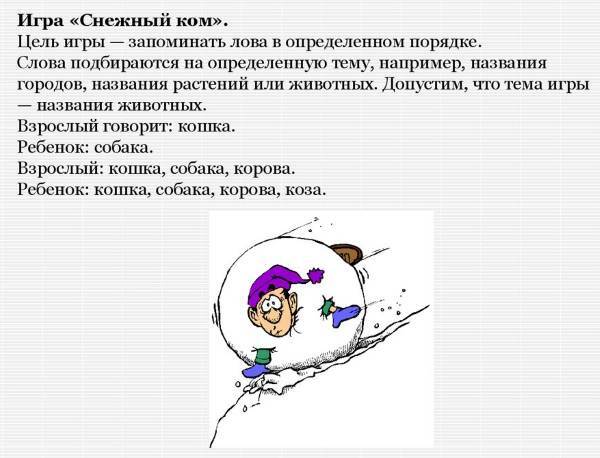
This exercise is considered successful when the relay returns to the teacher who started the lesson again. The teacher should name all the teenagers participating in this activity.
Interview
Psychological exercises for adolescents are aimed at their personal development. The "Interview" lesson allows you to reveal the full range of intellectual abilities of each child, to create a fertile ground for acquiring new skills and assimilating useful information.
Goals and objectives
The task of conducting the training "Interview" is to perform a psychological analysis of the personality characteristics of each member of the group by interviewing, which is performed by the adolescents themselves.
Necessary equipment
To complete the Interview exercise, each child should have a pen or pencil and a blank sheet of paper.
Step by step description
The psychological exercise "Interview" provides for the implementation of the following algorithm of actions:
- Group members are divided into pairs.
- The teacher gives adolescents 10 minutes. time during which each child must draw up a list of questions for his partner.
- After the specified period of time, each member of the group should interview his peer, asking him in advance prepared questions.
- The answers that come during the conversation are outlined on a sheet of paper.
At the end of the lesson, the teacher thanks all the children for participating in this training, and also asks what they liked in this exercise, how they would like to improve the conditions of the assignment.
Pay attention
Psychological exercises for adolescents teach new knowledge and behavioral skills. The training called "Show Attention" is aimed at increasing the level of communication skills of each child.
Goals and objectives
The goal of the Show Attention activity is to teach adolescents not to fear communication with their peers, develop their communication skills, get rid of shyness and embarrassment.
Necessary equipment
To complete this exercise, you will need chairs on which all participants in the psychological training sit.
Step by step description
Exercise "Pay attention" is carried out under the supervision of a teacher in compliance with the following rules:
- Children are divided into pairs.
- Group members sit down opposite each other.
- At the command of the teacher, each teenager tells his interlocutor about his positive character traits. For example, "You are very smart and it is interesting to communicate with you", "You have such beautiful hair."
- For each complementary phrase, the second member of the pair should not only thank his interlocutor, but also give an affirmative answer. For example, "Yes, thanks, I know my hair looks great as I take care of my appearance."
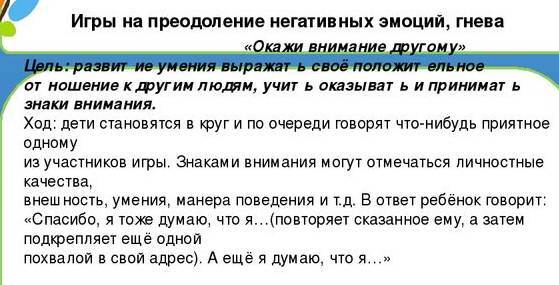
Each teenager speaks to his interlocutor from 5 to 10 complementary phrases and receives a similar number of responses. Then the members of the couple switch roles.
Luck
The psychological exercise "Luck" is one of the most effective trainings that allows every teenager to reassess their life values.
Goals and objectives
The purpose of the "Luck" exercise is to create a positive attitude in the team, increase self-esteem and life optimism in the minds of each member of the group.
Necessary equipment
No inventory is required to complete this exercise. It is enough to arrange the chairs on which all members of the team sit down.
Step by step description
To conduct the training "Luck", you will need to comply with the following algorithm of actions:
- At the command of the teacher, all children are divided into pairs and sit opposite each other.
- Each group member tells his partner about how lucky he is in life with certain circumstances, talking about specific situations.
- Then the children switch roles. Already the second teenager is a listener to the story about the success of his peer.
After completing the training, all group members should share their impressions. The teacher asks the children a question: "Do they consider themselves lucky people?", "What needs to be done to be more lucky? "," Is the factor of luck important in life, or is it enough a rational approach and stubborn labor? "
Similarities and differences
Psychological training "Similarities and differences" allows you to highlight the individuality of the personality of each teenager, to awaken the inner "I".
Goals and objectives
The main task of conducting the training "Similarities and differences" is to make it clear to the teenager, how versatile his personality is, as well as the importance of always being yourself, not adjusting to the opinion crowds.
Necessary equipment
For the lesson "Similarities and differences" it is necessary to use small balls, the total number of which should be half of the number of participants in the group. Teenagers are seated on chairs, which are arranged in advance in the center of the room.
Step by step description
Exercise "Similarities and Differences" is performed according to the following procedure:
- At the command of the teacher, children are divided into pairs, sitting down opposite each other.
- Each member of the couple in turn tells his interlocutor about how they are similar to each other, as well as what differences he sees in their characters. For example, "We are similar to you with an optimistic attitude to life," "At the same time, I differ from you in greater decisiveness in actions."
- After one of the interlocutors says at least 5 similar phrases about the similarities and differences of the opponent, the teenager hands the ball to his partner as a symbol of passing the baton.
The result of this training is not only to highlight the individual personality traits of each member of the group, but also to stimulate the development of critical thinking. During a conversation, a teenager can hear about negative traits of his character, which he did not even know about before. This will motivate you to become better, to consciously correct your behavior.
our group
Psychological training "Our Group" is conducted to collect information about the internal attitude of each teenager to the members of the group in which they are.
Goals and objectives
The purpose of the exercise "Our group" is to establish an atmosphere of mutual understanding and friendship, learning to smooth rough edges in conditions of mutual antipathy.
Necessary equipment
Conducting the lesson "Our group" requires the following inventory:
- Whatman paper for each member of the group;
- sets of markers of different colors;
- the board on which the drawings will be attached;
- buttons, scotch tape or any other material for fixing whatman paper.

Group members are seated on chairs that are placed near the desks. During this training, each teenager must sit separately.
Step by step description
The psychological exercise "Our group" is performed in compliance with the following algorithm of actions:
- The teacher asks the children to take felt-tip pens, and then draw on the Whatman paper the group in which they are now.
- Over the next 20 minutes. each teenager draws his group as he sees it at the present time.
- After the specified period of time has elapsed, all Whatman papers are signed with the surname of the child who created the drawing, and then attached to the board.
- The stage of discussion of each drawing begins.
During the analysis of the group's images, applied to the surface of the Whatman paper, the teacher asks each teenager leading questions. For example, “Why did he portray this person with just such facial expressions?”, “During the drawing, the child tried or refers to the task without showing a serious approach? " sympathy? "
Clew
The Tangle Exercise is a simple training session that can achieve excellent results in rallying adolescents, to teach them to be sincere, to show openness while communicating with others people.
Goals and objectives
The task of conducting psychological training "Tangle" is to get to know all group members, team building, as well as getting rid of the fear of being heard by great the number of people.
Necessary equipment
A minimum of items are required to complete this exercise. These are chairs for teenagers, as well as a ball of threads. In the summer season, the "Clew" psychological training can be carried out in the fresh air, which creates an atmosphere of ease and relaxation in the group.
Step by step description
Exercise "Tangle" is performed in compliance with the following algorithm of actions:
- Children sit on chairs.
- The teacher gives the thread of the ball to one of the teenagers.
- After that, the child must tell his biography, and then pass the ball to another participant, while continuing to hold the thread.
- The transfer of the ball is performed in a chaotic manner.
- Each member of the group talks about their life while continuing to hold the thread
After completing the exercise, all the children sit in a circle, and then begin to untangle the thread that got tangled during the transfer of the ball between the group members.
Psychological exercises for adolescent children are trainings and interactive games that are aimed at development of sociability, overcoming internal complexes, increasing self-esteem, expression of personal individuality.
Classes in this category are held in a spacious room or outdoors in a park. The optimal number of participants in psychological training included in the group is 10 people. The average duration of a lesson varies from 20 to 35 minutes. depending on the current conditions of the assignment. All exercises are performed under the guidance of a teacher or child psychologist.
Psychic Games Videos
Psychological training game "My boundaries":

